RIGEL
In December 14 - the day after Lucia -
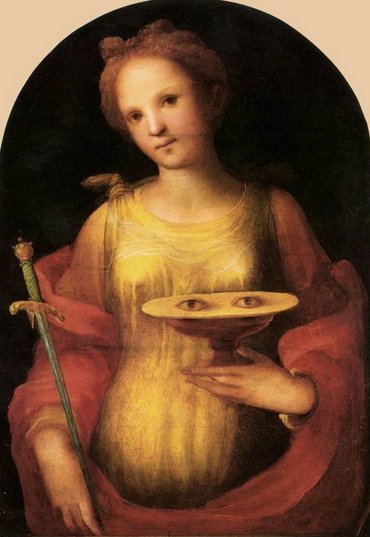
the Full Moon should ideally be at the place for the culmination
(at 21) of the star named
South Gate of the
Wolf - Yang Mun, α
Lupi, at his left back foot - at the same time as the star
named Rijl al Awwa (Foot of the Barking Dog,
μ Virginis, at her left foot):
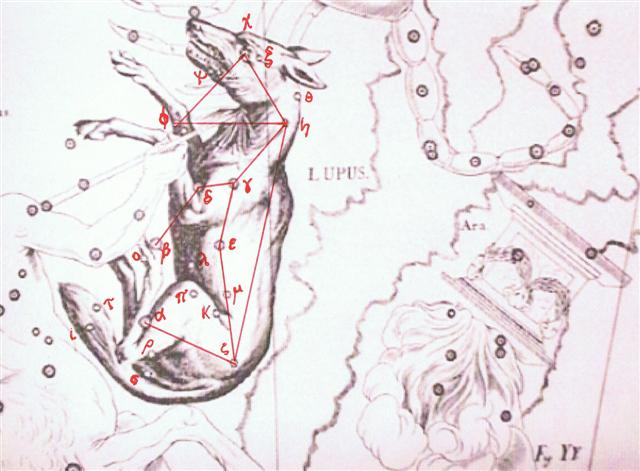
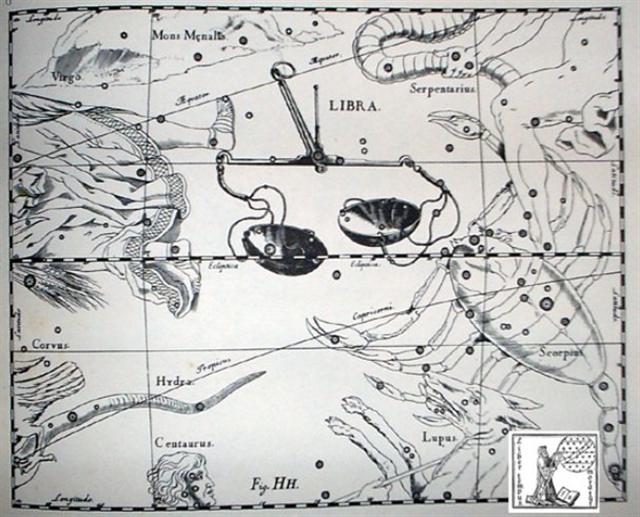
... From the evening of October 23
AD 2023, when the planet Mars would be close to Khambalia
(λ Virginis, 100 Virginis), to October 29 AD 2023 when Mars
would be together wíth Mercury and visible close to the Left
Foot of Virgo (μ), there were 6 days:
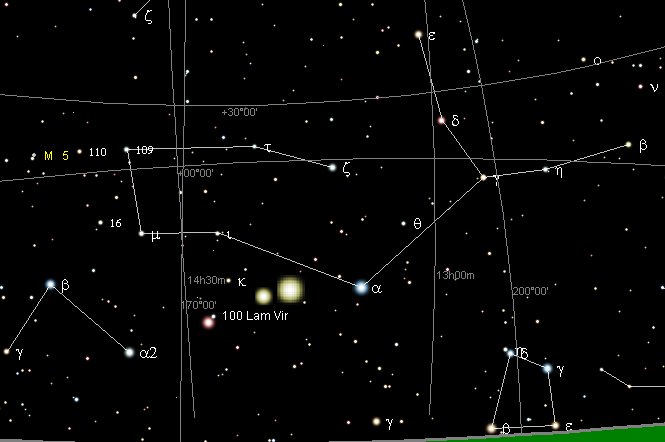
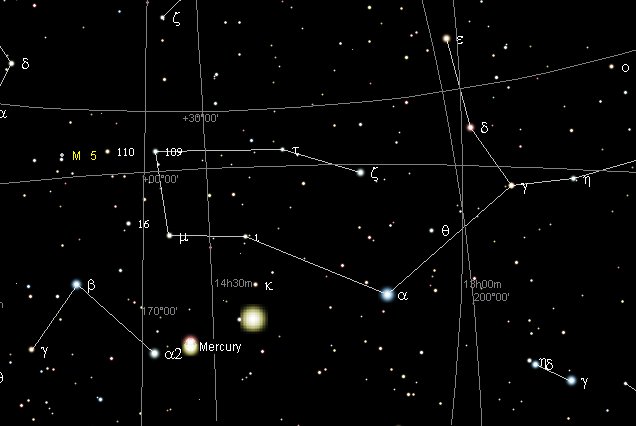
It should here be mentioned that there was also a Camp's South
Gate =
Φ Andromedae, *16.0.



This star was 16 days after Sirrah (0h). Another square number (4 *
4 = 16). Which suggests the return to visibility of Sirrah should
be when the Sun was at the Camp's South Gate star - which
'happens to be' exactly at the same right asension line as that
for the star named Girdle (Mirach,
β) in Andromeda. Men wore belts
(cfr e.g. Mintaka),
but girls girdles.
... Sirrah (α
Andromedae) would return to visibility after
its close encounter with the blinding rays from the Sun at the
time as when the Sun reached
Revati (*16).
Thus Revati (Abundant, ζ Piscium) was located *16 + *16 = *32 right ascension days
after Markab (α) Pegasi ...
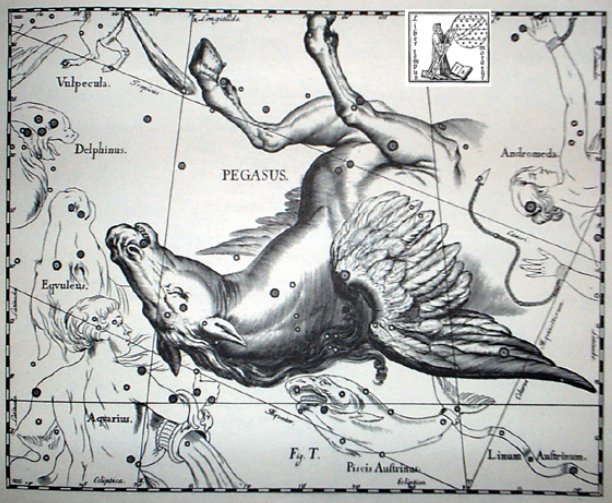
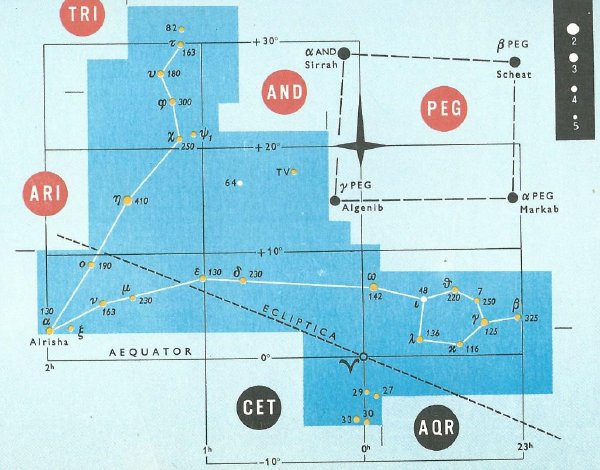
And presumably the bottom square of a Sun baked brick pyramid
(house for the gods)

should refer to
the Sumerian fundamental measure 1-Iku. In the
illustration below we can count to 8 + 7 + 5 + 4 = 24
'fingers' supporting the top (25th) level with a hole. Perhaps
they saw 4 'climates' with Sun decreasing northwards (→
90 / 4 = 225).
.jpg)
These 24 'fingers' were presumably
meant to represent 'fallen feathers' we can see from the
upper (sky) panel. Below (down on earth) time went withershins.
... Ta'aroa
sat in his heaven above the earth and conjured forth gods with
his words. When he shook off his red and yellow feathers they
drifted down and became trees
...
I think the hole at the top was
intended to lead fresh rain water downwards, distributing the
life-giving fluid
everywhere down on the surface of the earth (irrigation).
|
 |
*21 |
 |
 |
 |
| i
te mauga pu hia |
te marama |
te kava |
manu rere |
|
Ca9-15 |
Ca10-9 (264) |
→ 10 *
10 = 100
|
Ca10-11
(266) |
|
May 20 (140,
*60) |
June 10
(161) |
June 11 |
June 12
(*83) |
|
"April 9
(99, *19) |
"April 30 (120, *40) |
"May 1 (11 *
11, *41) |
"May 2 (→
266 - 12 * 12) |
|
MARCH 17
(LIBERALIA) |
APRIL 7 (97, *17) |
APRIL 8 |
APRIL 9 (99) |
COR CAROLI (*195)
|
... Midsummer is
the flowering season of the
oak, which is the tree of endurance and triumph, and
like the ash is said to 'court the lightning flash'. Its
roots are believed to extend as deep underground as its
branches rise in the air - Virgil mentions this - which
makes it emblematic of a god whose law runs both in
Heaven and in the Underworld ... The month, which takes
its name from Juppiter the oak-god, begins on June 10th
and ends of July 7th. Midway comes St. John's Day, June
24th, the day on which the oak-king was sacrificially
burned
alive. The Celtic year was
divided into two halves with the second half beginning
in July, apparently after a seven-day wake, or funeral
feast, in the oak-king's honour ... |
|
 |
*15 |
 |
| te
mauga tuu toga |
te
mauga pu hia |
|
Ca10-12
(267) |
Ca10-27
(282) |
|
June
13 (164, *84) |
June 28 (179, *99) |
|
"May 3 (123) |
"May 18 (138, *58) |
|
APRIL 10 (100, *20) |
APRIL 25 (115, *35) |
YANG MUN (*235 - *15) |
GEMMA (*235 → *195 + *40) |
|
The distance to count (hia) from the 'Hole in the Mountain' (mauga pu)
in MARCH 17 (LIBERALIA) to June 28 could
be simply (singularly) measured as 179 - 140 = 39.
And 282 (Ca10-27) - 15 = 267 (Ca10-12
→ 101 * 2 = 202 → Spica, *202. . |
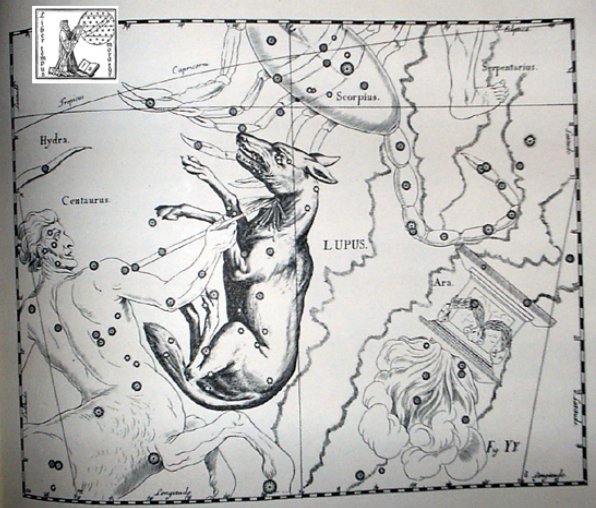
 |
 |
 |
 |
|
Ca10-4 |
Ca10-5 (260) |
Ca10-6 (9 * 29) |
Ca10-7 (262) |
|
Dec 5 |
Dec 6 |
Dec 7 (341,
*261) |
Dec 8 |
|
...We should now of course take a look
at June 6 according to
Ca10-5 (260) and also at December 6 (340) where the
planet Mars was bound to cross over his own path.
 |
|
Mula-19 (The Root)
*259 |
RAS ALGETHI |
Sarin
(*261.0), ο Ophiuchi (*261.4)
ALRISHA
|
θ Ophiuchi,
ν Serpentis, ζ, ι Apodis (*262.4) |
|
5h (*76.1)
CURSA
(*76.4)
ψ (65)
ERIDANI |
*77 |
CAPELLA
(*78.4)
THUBAN
|
*262 + *183
= *445
ARCTURUS
|
|
June 5 |
6-6 (314
/ 2) |
June 7
(158, *78) |
June 8 |
|
"April 25 (115) |
26 (4 *
29) |
27 (158 - 41
= 117, *37) |
"April 28
(→ 4 * 29½) |
|
APRIL 2
(*12) |
3 (93 → 3
* 31) |
4 (158 - 64
= 94, *14) |
APRIL 5
(95, *79 - *64) |
|
te kiore - te
inoino |
kua oho te rima kua
kai - ihe nuku hoi |
Tupu te toromiro |
kua noho te vai |
|
Kiore.
Rat. Vanaga. Rat, mouse; kiore
hiva, rabbit. P Pau., Mgv.: kiore, rat,
mouse. Mq.: kioē, íoé, id. Ta.: iore,
id. Churchill.
... In China, with Capricornus,
Pisces, and a part of Sagittarius, it [Aquarius]
constituted the early Serpent, or Turtle, Tien Yuen;
and later was known as Hiuen Ying, the Dark
Warrior and Hero, or Darkly Flourishing One, the
Hiuen Wu, or Hiuen Heaou, of the Han dynasty,
which Dupuis gave as Hiven Mao. It was a symbol
of the emperor Tchoun Hin, in whose reign was a
great deluge; but after the Jesuits came in it became
Paou Ping, the Precious Vase. It contained three of
the sieu, and headed the list of zodiac signs as
the
Rat, which in the far East was the ideograph for
'water', and still so remains in the almanacs of Central
Asia, Cochin China, and Japan ...

... The decoded meaning of the
names 'the dark rat' (i.e.,
the island king
as the recipient of gifts) and 'the gathering
place of the island population' (for the purpose of
presenting the island king with gifts) links them
with the month 'Maro', which is June ... |
 |
 |
|
 |
|
Ca10-8 |
Ca10-9 (264) |
Ca10-10
(→ 365 - 100) |
|
Dec 9 |
10 (161 + 183, *364) |
11 (345 → 3 * 115) |
|
*263 |
LESATH (Sting) |
Al Shaula-17
SHAULA (Sting)
HAMAL (α ARIETIS)
|
|
BELLATRIX (γ), Saif al
Jabbar (*80.7), ELNATH (*80.9) |
NIHAL (*81.7) |
KHUFU
MINTAKA (*82.4), ε Columbae (*82.6) |
|
June 9 (2 * 80) |
10 (161) |
11 |
|
"April 29 |
30 (161 - 41 = 120) |
"May
1 (11 * 11) |
|
APRIL 6 (192 / 2) |
7 (161 - 64 = 97) |
8 (2 * 49)
|
| te moko |
te marama |
te kava |
|
... A une certaine saison, on amassait des
vivres, on faissait fête. On emmaillottait un corail, pierre de
defunt lézard, on l'enterrait, tanu. Cette cérémonie
était un point de départ pour beaucoup d'affaires, notamment de
vacances pour le chant des tablettes ou de la prière, tanu i
te tau moko o tana pure, enterrer la
pierre sépulcrale du lézard de sa prière
...
.jpg)
... Midsummer is the flowering season of the oak,
which is the tree of endurance and triumph, and like the ash is said
to 'court the lightning flash'. Its roots are believed to extend as
deep underground as its branches rise in the air - Virgil mentions
this - which makes it emblematic of a god whose law runs both in
Heaven and in the Underworld ... The month, which takes its name
from Juppiter the oak-god, begins on June 10th and ends of July 7th.
Midway comes St. John's Day, June 24th, the day on which the
oak-king was sacrificially burned alive. The Celtic year was divided
into two halves with the second half beginning in July, apparently
after a seven-day wake, or funeral feast, in the oak-king's honour
... |

 |
 |
|
 |
 |
|
Ca10-11 (266) |
Ca10-12 |
Ca10-13 |
Ca10-14 |
|
Dec 12 |
13 |
14 (→ 12 * 29 =
348) |
15 |
|
RAS ALHAGUE
(Head
of the Serpent Charmer)
|
*267 |
APOLLYON |
MULIPHEN (*269.0) |
|
KHAFRE
Al Hak'ah-3 (White Spot)
/
Mrigashīrsha-5 (Stag's Head)
/
Turtle Head-20 (Monkey)
/
Mas-tab-ba-tur-tur (Little Twins)
Arneb (*83.0, φ¹ Orionis
(*83.1), HEKA (*83.2), Hatysa (*83.5), φ² Orionis (*83.6), ALNILAM
(*83.7) |
MENKAURE
Three Stars-21 (Gibbon)
/
Shur-narkabti-sha-shūtū-6 (Star in the Bull
towards the south)
/
ANA-IVA-9 (Pillar of exit)
HEAVENLY GATE, ν
Columbae (*84.0), ALNITAK, PHAKT (Phaet) (*84.7) |
*85
YANG MUN (α LUPI) |
*86 |
|
June 12 |
13 (164) |
14 |
15 (2 * 83) |
|
"May 2
|
3 (123) |
4 |
5 (5 ' 5
* 5) |
|
APRIL 9 |
10 (100) |
11 |
12 (6 * 17) |
| manu rere |
te mauga tuu toga |
kua tupu te mea - i te inoino |
ka tupu te toromiro - i te inoino |
|
Mea. 1.
Tonsil, gill (of fish). 2. Red (probably because it is the colour of
gills); light red, rose; also meamea. 3. To grow or to exist
in abundance in a place or around a place: ku-mea-á te maîka,
bananas grow in abundance (in this place); ku-mea-á te ka,
there is plenty of fish (in a stretch of the coast or the sea);
ku-mea-á te tai, the tide is low and the sea completely calm
(good for fishing); mau mea, abundance. Vanaga. 1. Red;
ata mea, the dawn.
Meamea, red, ruddy,
rubricund, scarlet, vermilion, yellow;
ariga meamea, florid;
kahu meamea purple;
moni meamea, gold;
hanuanua meamea, rainbow;
pua ei meamea, to make
yellow. Hakameamea, to
redden, to make yellow. PS Ta.: mea,
red. Sa.: memea,
yellowish brown, sere. To.: memea,
drab. Fu.: mea, blond,
yellowish, red, chestnut. 2. A thing, an object, elements (mee);
e mea, circumstance;
mea ke, differently,
excepted, save, but; ra mea,
to belong; mea rakerake,
assault; ko mea, such a
one; a mea nei, this;
a mea ka, during;
a mea, then;
no te mea, because, since,
seeing that; na te mea,
since; a mea era, that;
ko mea tera, however,
but. Hakamea, to prepare,
to make ready. P Pau., Mgv., Mq., Ta.:
mea, a thing. 3. In order that, for. Mgv.:
mea, because, on account
of, seeing that, since. Mq.: mea,
for. 4. An individual; tagata mea,
tagata mee, an
individual. Mgv.: mea, an
individual, such a one. Mq., Ta.:
mea, such a one. 5. Necessary, urgent;
e mea ka, must needs be,
necessary; e mea, urgent.
6. Manners, customs. 7. Mgv.:
ako-mea, a red fish. 8. Ta.:
mea, to do. Mq.: mea,
id. Sa.: mea, id. Mao.:
mea, id. Churchill. |
...
The Earth was a square in time-space. 10 * 10 + 11 * 11 + 12 *
12 = 100 + 121 + 144 = 365 → 13 *
13 + 14 * 14 = 169 + 196 = 365 → Ca10-13 + Ca10-14 ...
.jpg)
|











.jpg)







.jpg)



.jpg)